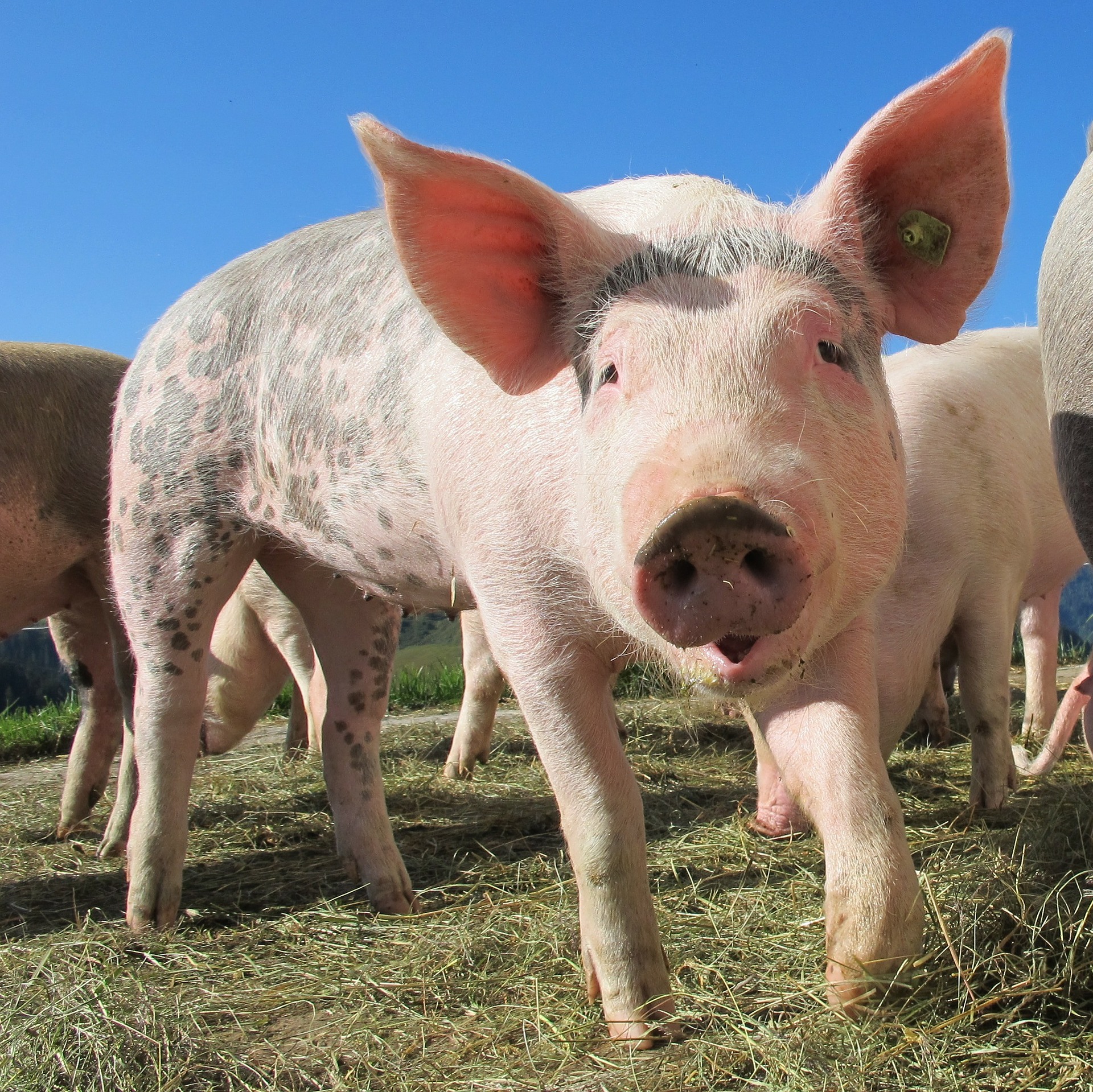The ability of stem cells to self-renew and differentiate into various cell types makes them useful tools in regenerative medicine. Stem cell therapy refers to the usage of stem cells in order to treat disease. One such therapy, known as bone marrow transplant, involves replacing unhealthy bone marrow with healthy bone marrow, consisting of stem cells that are capable of differentiating into blood cells. On an even larger scale, one can imagine the possibility of using stem cells to generate entire organs. Recently, genome editing has been made more efficient with the development of the CRISPR-Cas9 system. The therapeutic potential of genome editing is limitless. In theory, the technique is capable of correcting mutations and introducing genes that would provide resistance to diseases (e.g. tuberculosis-resistant cattle). In a recent study, researchers have combined these two technologies to form chimeras, or animals consisting of cells from different species.
Image Source: Anne-Christine Poujoulat
Researchers have created human-pig chimeras by injecting human stem cells into pig embryos. Although chimeras have been created before, the novelty in this study lies in the choice of species being those of human and pig. Before generating human-pig chimeras, the researchers sought to generate rat-mouse chimeras. They did this by using CRISPR to delete genes necessary for the development of certain organs. Upon introducing rat stem cells into these defective mouse embryos, the researchers found that the rat cells were capable of generating the organs that the mouse cells couldn’t. As a result, the organism that formed was a chimera in the sense that some of its organs were derived from rat cells whereas the rest of its body came from mouse cells.
Following such success, the researchers went on to attempt to create human-pig chimeras. They first selected human stem cells that appeared to have the most potential to survive and proliferate in pig embryos. After injecting those human stem cells into pig embryos, they were able to observe the human-pig chimeras develop for a few weeks before needing to euthanize them for ethical reasons. Despite evidence that the researchers did in fact generate human-pig chimeras, they also acknowledged that the chimerism was hard to detect. Human stem cells did not contribute as much in pig embryos as did rat stem cells in mouse embryos. Nevertheless, their experiments confirmed the idea that human-pig chimeras can be made.
The results of this study suggests that making organs de novo for transplantation may actually be possible. However, ethical issues will remain if future studies are not careful in ensuring that the human stem cells don’t differentiate into neurons within pig embryos. The world is not and likely never will be ready for intelligible pigs.










